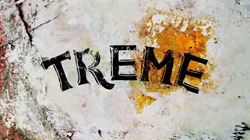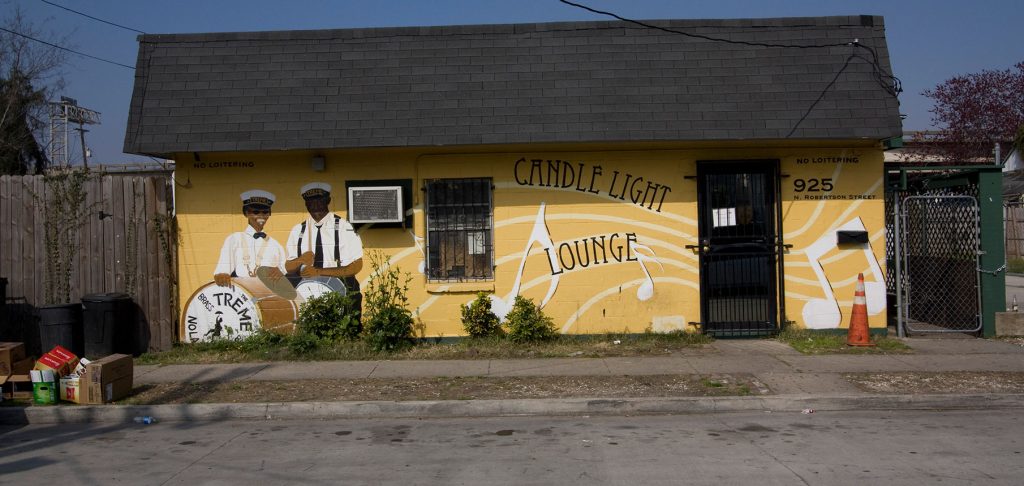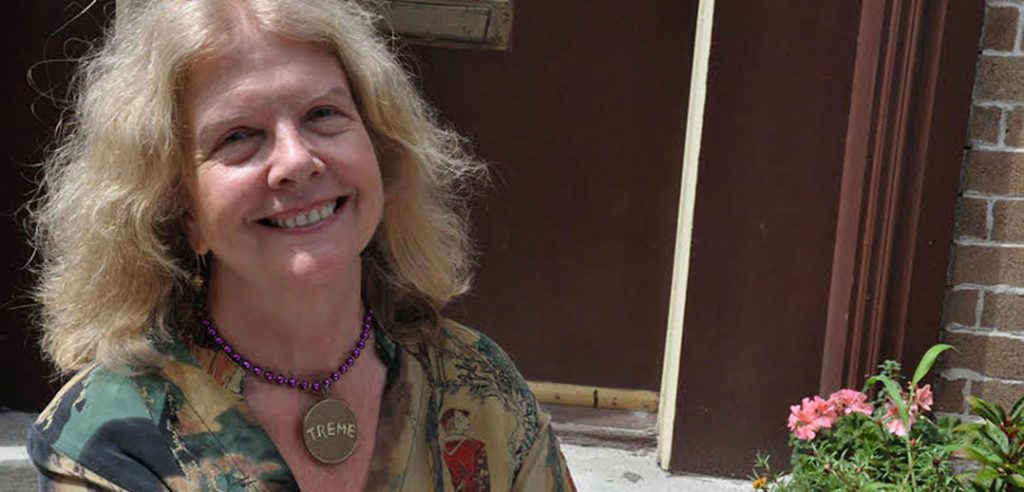Ten years ago, Robin Andersen recalls seeing the news coverage of events unfolding in New Orleans post-Hurricane Katrina, and being stunned.
There was the Yahoo story that captioned similar photos but identified a black victim as “looting” food and a white victim as “finding” food. There was the opinion column by The New York Times’ Maureen Dowd citing the city as “a snake pit of anarchy, death, looting, raping, marauding thugs.”
Andersen, professor of communication and media studies, knew something was not right with the reporting.
“Katrina was an extreme example of the media’s disaster myth coverage,” she said. “News outlets and police reports were focused on looting, rape, and themes of anarchy and chaos—all described with terrible vituperative language and portraying residents and victims as deviants and criminals. That was never true.”
A decade later, the exaggerated and often unfounded misreporting has been exposed thanks to multiple efforts, said Andersen. She points especially to Spike Lee’s documentary When the Levees Broke, the work of investigative journalist A.C. Thompson exposing the cover-up of a man shot by police, and an HBO show called Treme.
Examining Katrina Coverage
A new book by Andersen, to be published next year by Lexington Press, examines Treme as a critique of previous media narratives, through offering portrayals of the disaster through the eyes of its victims. The book focuses on how the show helped the full story of post-Katrina rise to the surface.
“Not many television programs can justify an entire book, but this one can,” said Andersen of the show, which is named for the New Orleans sixth-ward neighborhood that saw flooding and widespread damage. “With its diverse cast, Treme disrupts, undermines, debunks and transforms the disaster narrative of post-Katrina New Orleans.”
 The show ran from 2010 to 2013 on HBO, following the lives of several post-Katrina New Orleans residents. It is the story of how the flooding devastated family and professional relationships, businesses, and emotional and physical health, and yet, how tradition and culture revived even the hardest-hit.
The show ran from 2010 to 2013 on HBO, following the lives of several post-Katrina New Orleans residents. It is the story of how the flooding devastated family and professional relationships, businesses, and emotional and physical health, and yet, how tradition and culture revived even the hardest-hit.
Andersen first heard about Treme through a lawyer friend working with Katrina victims on recovering paperwork on home ownership and other possessions to qualify for grant funding. The show was produced by David Simon and Eric Overmyer, the team behind HBO’s extremely realistic series, The Wire. In following the formula of their earlier production, they filmed Treme onsite and authenticated the experiences and culture of the inhabitants through music, food, and use of non-actor-locals as characters in the series.
One “strong redress” of initial media coverage, said Andersen, is when the character Creighton Bernette (a writer and professor played by John Goodman) throws a newscaster’s microphone into the river after listening to the reporter tell an international audience that the city is too ramshackle to rebuild. Another, in season three, is the discovery of a police murder and cover-up by investigative reporter L.P. Everett (played by Chris Coy and based on the real-life murder of Henry Glover).
“The show clearly wanted to set the record straight about the news coverage,” said Andersen. “They turn the disaster myth—in which the victims were criminalized—on its head.”
Humanizing Victims
Hurricane Katrina remains one of the century’s most devastating disasters. Approximately 1,800 people died and 182,000 homes were severely damaged when nearly 80 percent of New Orleans was flooded and rescue operations were slow and botched for weeks.
Treme, said Andersen, is an example of how a media-constructed crisis narrative can affect the nation’s ability to plan for future disasters.
It’s terrific television,” she said. “You go from a disaster myth coverage to a human perspective, told through the eyes of the victims of the storm. This allows the public to empathize, to feel compassion for the people on the ground, to say ‘If I were in that situation, I would feel that same way.’”
It is critical to tell the stories of disasters from the human perspective, said Andersen. Any humanitarian crisis needs support from a national and a global public, and the amount of that support is often determined based on the public’s ability to empathize with the victims.
“That is what Treme does—move the narrative from dehumanization of the victims to humanization,” said Andersen. “This may well be the program’s most important legacy and greatest cultural significance.”

Photo by Derek Bridges
— Janet Sassi

